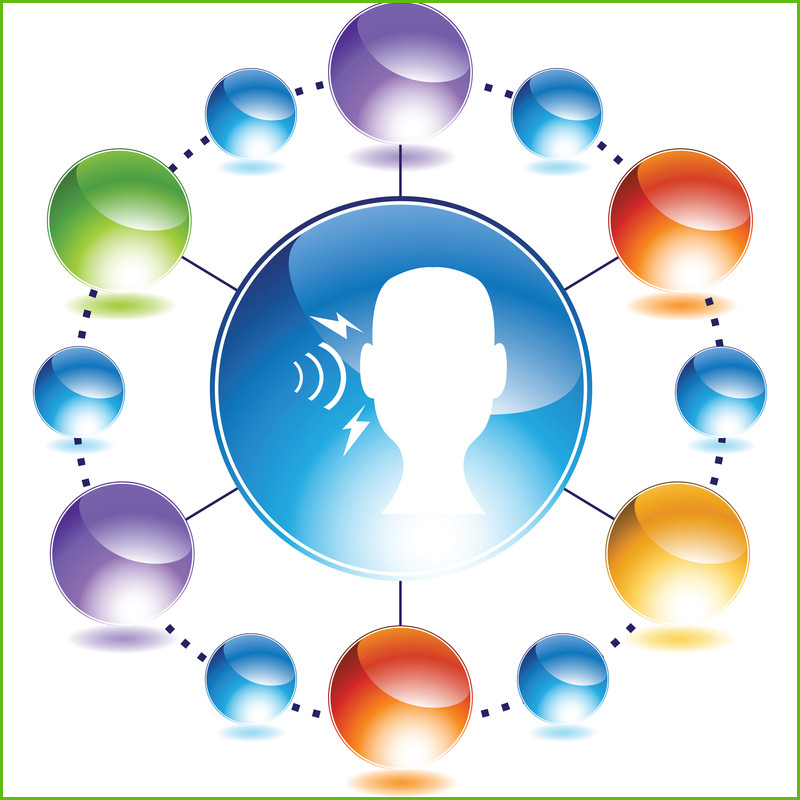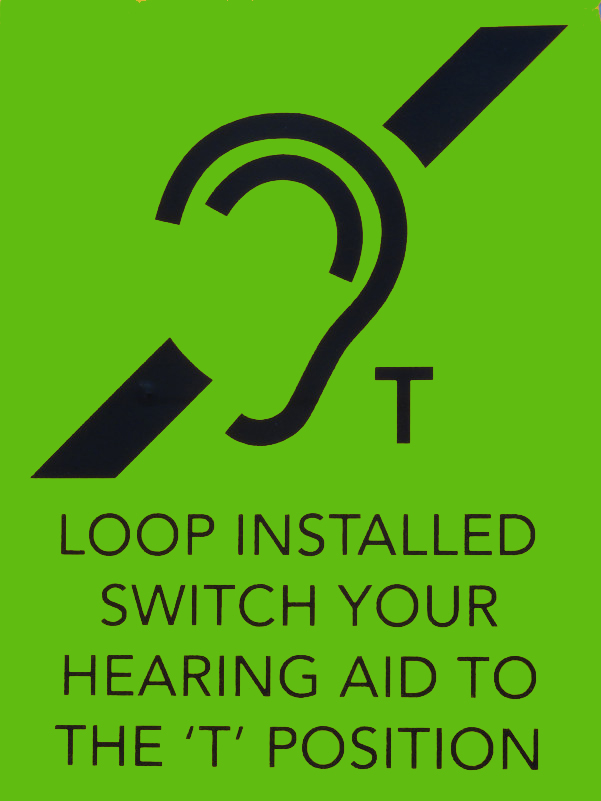 Q: What is a Wireless Loop System for my home?
Q: What is a Wireless Loop System for my home?
Suppose you are sitting in your favorite chair watching TV with the volume completely turned down. You see the picture but there is no sound. You reach up and switch your hearing aids to the "T-Coil" setting and suddenly you hear everything - right in your ear!
It is as if your hearing aids became little transistor radios - tuned for YOUR particular hearing loss. There are no neck-pieces to wear, no batteries to charge, and no cords to trip over. The source is directly coupled to your TV (or stereo, or phone, or microphone for conversation) and is plugged into a standard outlet. Unlike an infra-red or FM system (like TV-Ears or Bluetooth) - a loop does not require an additional receiver for each user.
If you have more than one friend or family member who wears a T-Coil equipped hearing aid - they can ALL hear the sound without special equipment.
Q: Is this new technology? Why haven't I heard of it?
I t has been used in Europe for decades - but as with many things the solution in the US went a different path (where the T-Coil was developed mostly for telephones.) The advantage is its simplicity, durability, and universal adaptability.
t has been used in Europe for decades - but as with many things the solution in the US went a different path (where the T-Coil was developed mostly for telephones.) The advantage is its simplicity, durability, and universal adaptability.
This symbol is the international sign that an area has a loop system installed. Simply turn your aid to "T-Coil" to hear what's being broadcast.
Q: What is it and how does it work?
Simply a thin wire looped around any room and connected to a special amplifier. It takes the signal from your TV, stereo, or microphone and sends a low voltage current around the loop.
A continuous magnetic field is set up, which your hearing aid T-Coil detects just as an antenna picks up a radio broadcast.
 Q: Why is it better than my TV-Ears?
Q: Why is it better than my TV-Ears?
Do you wear your hearing aids most of the time? Do you have to take them off when you attach the TV-Ear headpiece? Do you misplace your headset or forget to charge the batteries? Is your hearing loss specific enough you still miss certain sounds regardless of volume? Do you have other hard of hearing friends with whom you'd like to share a show? Do you fret over germs on shared devices?
If you answer "Yes" to more than a few of these questions, a wireless loop system is right for you. It's not a question whether Bluetooth or infrared systems work - it's that their initial cost can sky-rocket when a receiver or other component gives out - and a complete set of parts is required for every listener.
Q: I have seen wireless loop systems for sale on the Internet. Why shouldn't my son install it for me? (and save me your installation?)
I can install most systems for what your son will pay retail over the NET - installed professionally - with the guarantee the system is working before you write the check. If you aren't happy with the trial in your own home, the installation will be canceled at no charge to you!
Is your son as handy with carpentry as he is which electronic hook-ups? Does he have a familiarity with your hearing aid's T-Coil setting? Not all components are standardized and a familiarity with various adapters could save frustration. The wire should be tucked neatly out of sight where it will not be a hazard to trip over.
Q: I've seen the "Cushion Loop" advertised for cheaper and it is touted as easy to install. Why wouldn't I want that?
It is easy to install - provided there are no incompatible hook-ups as mentioned above - but there will be a wire stretching across your floor from your chair to the TV, etc - and only the person sitting on the cushion will be able to hear the sound. For the little extra, wouldn't you want the whole room "wired for sound" - without a potentially dangerous cord to trip over?
Q: Does it use a lot of electricity?

Very little - in fact the loop's amp uses current only when a signal is being transmitted - so you can leave it plugged in and simply turn your TV off.
Q: Is this electro-magnetic wave dangerous?
Your body is surrounded by these waves every minute of every day. It's called the Earth's magnetic field. Except those natural waves are one hundred times more powerful than the faint echo playing in your living room.
Q: How do I know if I have a T-Coil?
Call your Audiologist or the person who sold your aids. Approximately 65% of the hearing-aids currently in service have them. The "T" setting must be programmed (or "turned-on") in order to work. Make sure your provider shows you how to switch into and out of "telecoil mode".